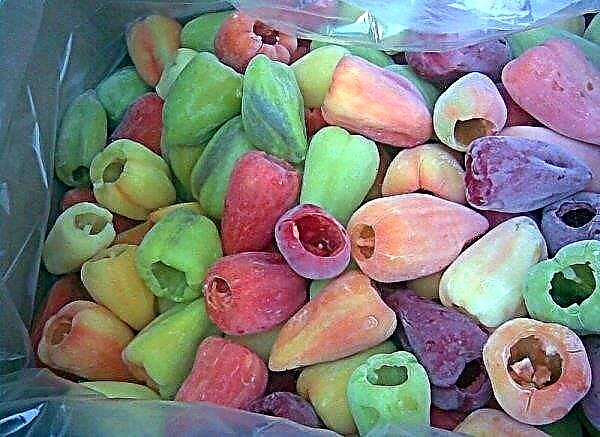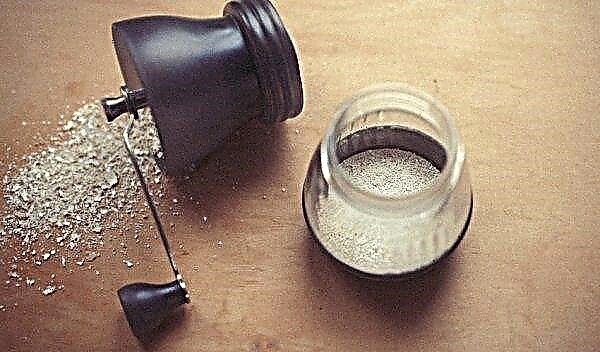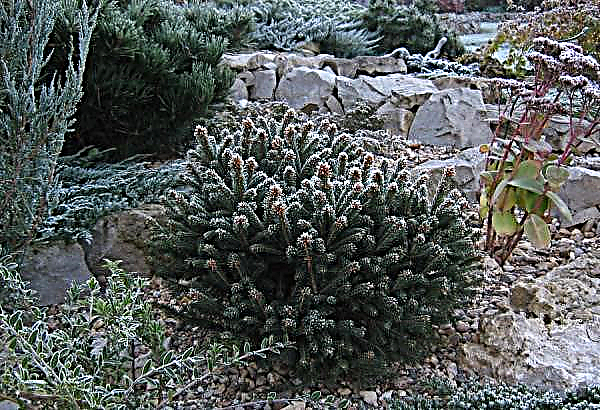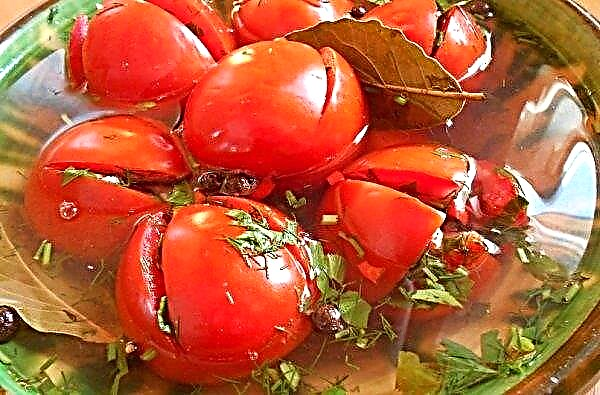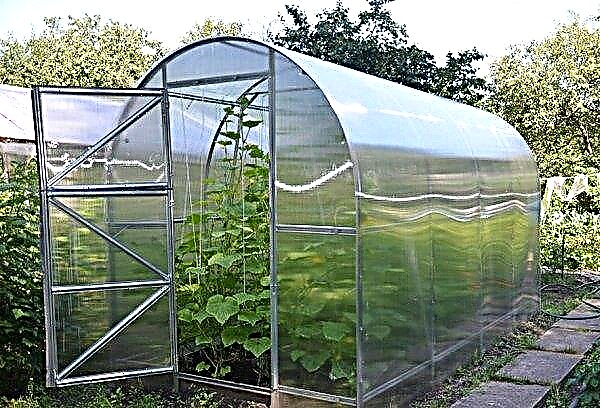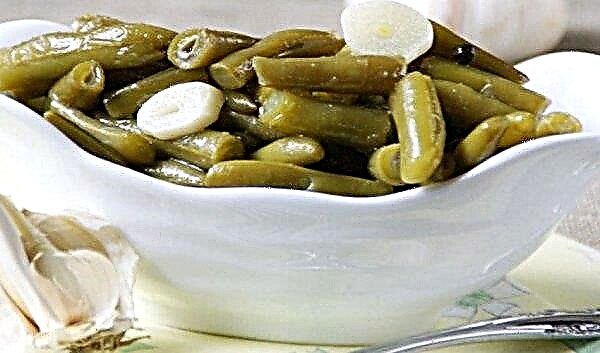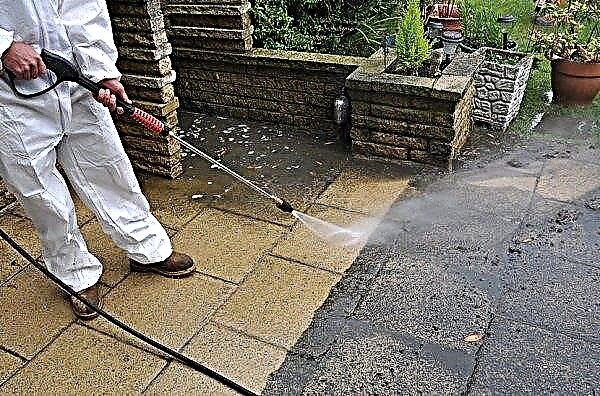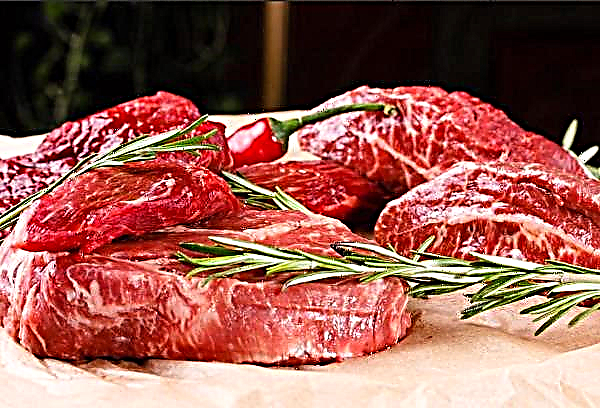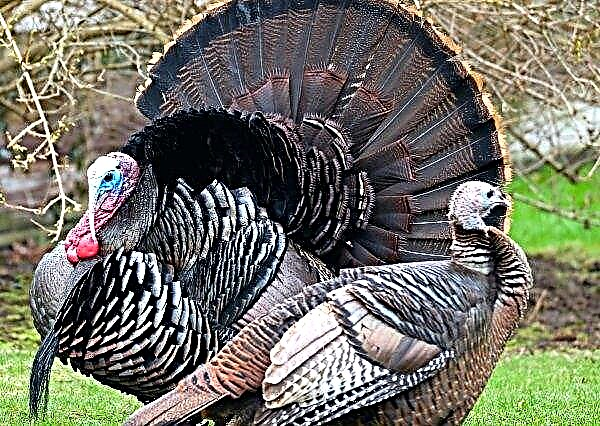A rare garden does without planting onions. A green feather will perfectly replenish the supply of vitamins after winter, and not a single culinary dish can do without onions. To get a good harvest, you need to organize the correct watering and care of the garden crop, as this article will discuss.
Why water onions
Green feather is 93%, and the bulb is 86% water, so the need for watering this vegetable crop is very high. Onions really need moderate soil moisture during the initial growing season and during turnip formation. If you are interested in the question of whether to water onion beds, then in dry and sultry weather you can not do without irrigation. By carefully observing the garden crop, you can determine the need for watering by external signs. When dehydrated, the feathers become white-gray.
Important! Properly organized and timely watering increases the yield of the onion beds by 50%.
With excess moisture, they do not become green, but pale. Irrigation can not be carried out if rainfall occurs once a week - this moisture is enough to maintain the successful growth of greenery, but rare rains will not provide enough moisture due to summer temperatures and drying out of the soil. It should be remembered that moisture is necessary with the active growth of a green feather, but with the final formation of the bulb and yellowing of the tops, moistening is stopped.
How and what to water onions properly
There are rules for the proper irrigation of onion beds, the implementation of which will allow you to collect a good and high-quality crop:
- avoid getting water on the leaves and onion;
- water temperature - + 14 ° С ... + 17 ° С;
- the soil should be soaked to a depth of 20 cm;
- watering in the evening;
- prevent the formation of soil crust;
- before harvesting (three weeks) to stop watering;
- An effective method is the drip irrigation method (saving water and increasing the yield by 1.8 times).

There are some subtleties of growing and processing planting material:
- treat the bulbs before planting with antiseptics or soak in a weak solution of copper sulfate (2 g per 10 l of water) to avoid rotting and fungal diseases;
- treatment with hot water (+ 60 ° C) eliminates the formation of arrows, some varieties, such as shallots, are not susceptible to shooting;
- the lack of nitrogen, in which the feathers turn yellow, can be made up by watering a solution of ammonia (3 tablespoons per 10 liters of water);
- against infection with stem nematode and onion fly, the soil can be watered with a solution of sodium chloride (200 g per 10 l of water). The procedure can be repeated after 2-3 weeks. For the prevention of diseases, sevs before planting can be soaked in such a solution for 12 hours;
- tobacco dust or tobacco solution treatment will help against pests.
Important! The onion landing site cannot be reused; you can return to the same place only after 4 years.
In the open ground
For the formation and strengthening of the root system in the very first time of the growing season, the need for moisture is very high. The root system has a surface structure, and drying of the topsoil negatively affects the development of the plant. The absence of rain, strong winds, high temperature just lead to such consequences, so the gardener should ensure the irrigation of onion beds.
In the first weeks of seedling emergence, the soil should be constantly in a wet state, and there should be a lot of moisture. In the future, the first two months, irrigation is carried out depending on weather conditions, preventing the soil from drying out. Onions do not require daily watering, enough twice a week. But it should be noted that with a lack of moisture, small bulbs ripen. And with an excess of bulbs crack and can rot. Watering is carried out with warm (heated in the sun) water under the root or in the aisles, preventing water from getting on the green part of the plant and onion. If a culture is grown to produce seeds, then hydration is also carried out during flowering.
And with an excess of bulbs crack and can rot. Watering is carried out with warm (heated in the sun) water under the root or in the aisles, preventing water from getting on the green part of the plant and onion. If a culture is grown to produce seeds, then hydration is also carried out during flowering.
Irrigation time can be determined by the degree of drying of the soil:
- if the soil at a depth of 4 cm is wet - you can wait a while with watering;
- if loose and dry, irrigation is required.
Important! Drying and cracking of the soil should not be allowed for more than three days - the ends of the greens wither and dry, and it will not be possible to save the product by further watering.
In the greenhouse
Onion is a rather unpretentious crop and grows well in open ground, but to get a green onion crop in early spring, planting is carried out in a greenhouse. The conditions of the greenhouse will allow you to grow greens at any time of the year, if you know the subtleties of watering onions in such conditions:
- on the eve of planting, the soil is well moistened, you can mix the earth with sawdust to better retain moisture;
- position the bulbs tightly against each other, slightly pressing into the soil;
- on the day of planting - the first watering with a warm (+ 17 ° C) pale pink solution of potassium permanganate;
- after 7 days - watering is carried out using an environmentally friendly biological product “Fitosporin M” (1 tablespoon per bucket of water);
- further irrigation is carried out with plain water (+ 17 ° C) when the soil dries up;
- depending on the air temperature in the greenhouse, the humidification frequency also changes - (at + 15 ° С ... + 20 ° С - once a decade, at temperatures above + 25 ° С - once every 4 days);
- closely monitor the state of the soil under planting and, depending on this, adjust the volume of water during irrigation.
Having completed all the rules of irrigation, you can harvest in 25-30 days.
Features of watering onions immediately after planting
In the first weeks after planting, there is an active growth and development of the root system, the quality of which largely determines the future yield. The frequency of irrigation and the volume of water depend on weather conditions, timing and planting methods (sowing seeds, planting seeds or planting in spring and winter):
- Sowing seeds - the soil should be shed well, sowed seeds, and after emergence, regulate moisture, based on weather conditions and drying of the soil (2-3 times a week in the initial growing season May-June, then stop watering to form bulbs). From the seeds get sowing, which is planted next year to get the bulbs.
- Sewk before winter - the soil is not moistened and watered, leaving planting at rest.
- Sewk in the spring - for rooting and bulb formation, moderate soil moisture is required, in the absence of rain it is enough to water onion beds with a water flow rate of 6-10 l / m² 2 times a week. Excess moisture during this period will adversely affect the development of the heads, so it is necessary to control the soil moisture after planting and before the first shoots appear.
- There is a specific method of irrigation. Green onions grown on the feather can be watered by sprinkling (from a watering can), the green mass also needs moisture. But this method is not suitable for watering plantings on turnips - here it is better to use drip irrigation or in aisles. Watering from a hose under pressure is not suitable - seed can be washed out of the soil due to the surface occurrence of the root system.
Important! Storage temperature must be at least + 20 ° С ... + 25 ° С to prevent the shooting process.
How to water onions on a feather
Growing green onions does not require special specific care. We can say that greenery does not require anything but water, it can be grown at any time of the year using greenhouses, or at home. The methods for irrigating onion plantations “on the feather” in the open field are the same as when growing on turnips. The only difference is the frequency of watering. In the dry spring period - 2-3 times a week, further, supporting the soil in a moist state - until harvest. In greenhouses, greens are obtained by distillation in a layer of sawdust or expanded clay, monitoring the moisture of the substrate: avoiding overmoistening and drying out.
In the dry spring period - 2-3 times a week, further, supporting the soil in a moist state - until harvest. In greenhouses, greens are obtained by distillation in a layer of sawdust or expanded clay, monitoring the moisture of the substrate: avoiding overmoistening and drying out.
A satisfactory condition of the substrate is provided by regular ventilation and moderate watering:
- temperature + 15 ° С ... + 18 ° С, rare airing - irrigation once every 10 days;
- temperature + 20 ° С ... + 25 ° С, intensive ventilation - irrigation once every 7 days;
- temperature is above + 25 ° С, constant ventilation - irrigation twice every 7 days.
Did you know? On the American continent, onions appeared thanks to the expedition of Christopher Columbus - first on the island of Isabella, and then everywhere.
When growing at home on a windowsill, it is enough to place the bulb in a moist substrate or just in water and wait for the appearance of vitamin green. In this case, you need to ensure that the roots always remain in the water.
Useful tips for watering onions
To get good yields of green or onions, you should follow the recommendations of experienced gardeners:
- do not irrigate under the scorching sun - the moisture will quickly evaporate without moistening the soil, and the plants will get burns;
- irrigation should be carried out along grooves dug along the plantings at a distance of 10 cm or between rows;
- when the green onions lay on the bed, and the feathers turn yellow, it means that harvesting time has been missed, this leads to a loss of yield;
- ripening of onions takes place in 3-4 months, and a month before harvesting, watering of plantings is stopped;
- to accelerate the ripening of onions, you need to slightly raise the soil layer under the onion with a shovel or pitchfork - this leads to undermining of the roots and stops saturation of the root system with moisture;
- in rainy weather, over a planting of onions, you can arrange a canopy from the film, protecting the onion from excessive wetting;
- in regions with frequent rains and high humidity, onion beds rise above the soil level;
- loosening of onion beds will reduce the evaporation of moisture, which means it will reduce the frequency of irrigation;
- you can not wring the feathers of onions - water can get inside and harm the bulb, which will affect the quality of storage;
- differences in soil moisture from drought to the bay will lead to alternation of dry and juicy layers inside the bulb, which will significantly reduce shelf life, and the quality of the crop will be low.
Proper organization and timely onion irrigation is the key to high and quality crops. It must be remembered that onions require moderate soil moisture, and try to avoid both lack and excess moisture.

